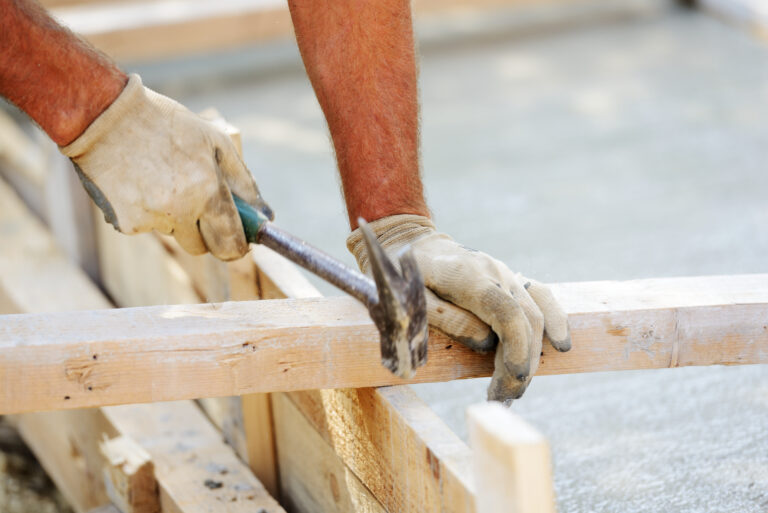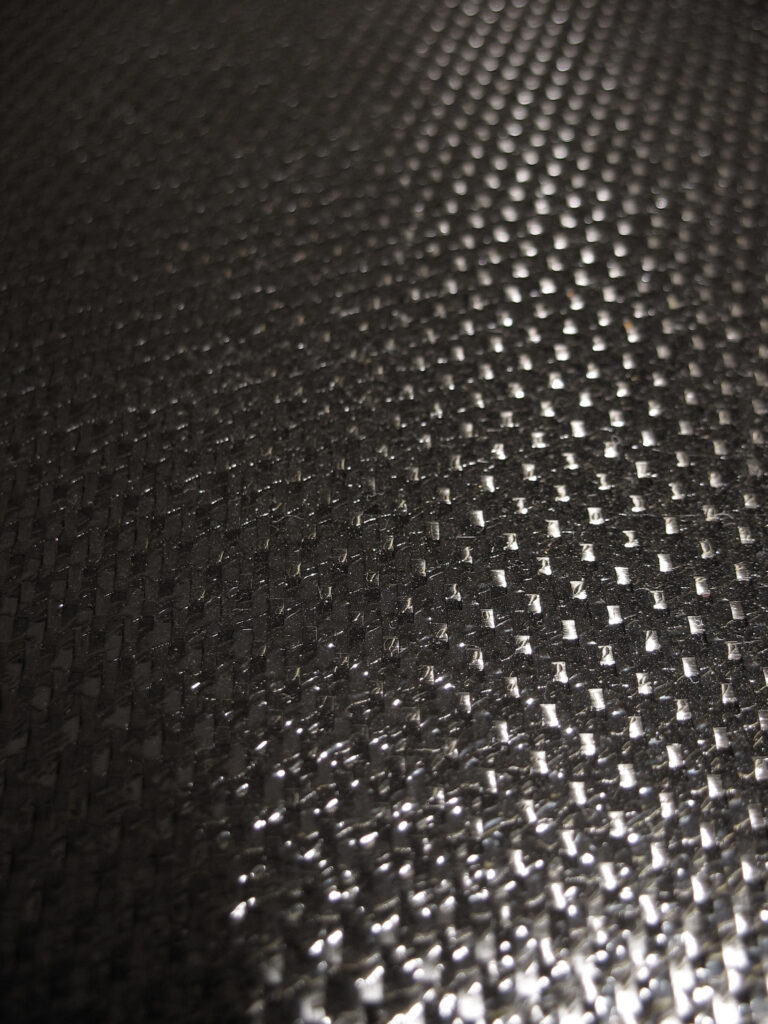How to Safely and Effectively Remove Mold from Your Home
Are you ready to tackle mold in your home? Mold can be a serious problem, but it’s not something that you have to live with. In this article, we will show you how to safely and effectively remove mold from your home.
Introduction to Mold and its Dangers
Mold is a type of fungus that grows in damp or wet areas. It can be found both indoors and outdoors, and it thrives in warm, humid conditions. While some types of mold are harmless, others can cause health problems such as respiratory issues, allergies, and even infections. This is why it’s so important to take action when you see signs of mold growth in your home.
Step-by-Step Guide on How to Remove Mold Safely
Here’s what you need to do:
1. Identify the source of moisture – Before you start cleaning up the mold, you need to identify the source of the moisture that’s causing it. If there’s water damage or leaks, these need to be fixed first before you attempt to remove the mold.
2. Wear protective gear – When dealing with mold, safety should always come first. Make sure you wear gloves, masks, and eye protection to prevent exposure to mold spores.
3. Clean the affected area – Use a mixture of bleach and water (a ratio of one cup of bleach per gallon of water) to clean the affected area. Scrub thoroughly until all traces of mold are removed.
4. Allow the area to dry completely – Moisture is what causes mold to grow, so make sure the area is completely dry before you finish cleaning. You may need to use fans or dehumidifiers to help speed up the process.

5. Check for any remaining mold – After you’ve finished cleaning, check the area again for any remaining mold. If necessary, repeat steps 3 and 4 until all signs of mold are gone.
Tips for Preventing Mold Growth in the Future
Now that you know how to remove mold, let’s talk about ways to prevent it from growing in the future. Here are some tips:
1. Fix any sources of leaks or water damage immediately.
2. Keep your home well ventilated by opening windows and using exhaust fans in bathrooms and kitchens.
3. Regularly clean high-moisture areas like bathrooms, kitchens, and laundry rooms.
4. Use a dehumidifier if needed to keep humidity levels below 60%.
Conclusion: Why Hiring a Professional is Sometimes Necessary
While removing mold yourself is possible, there are times when hiring a professional might be necessary. For example, if the mold infestation is severe or widespread, it’s best to leave it to the experts. They have specialized equipment and training to handle large-scale mold removal projects. Additionally, if anyone in your household has respiratory issues or other health concerns related to mold, it’s best to err on the side of caution and call in a pro.






